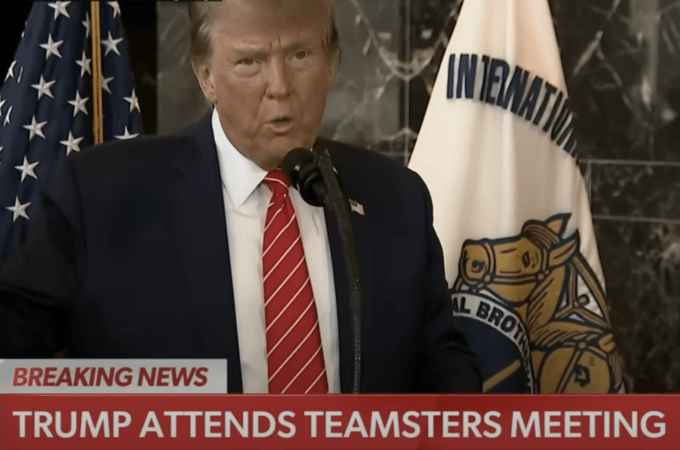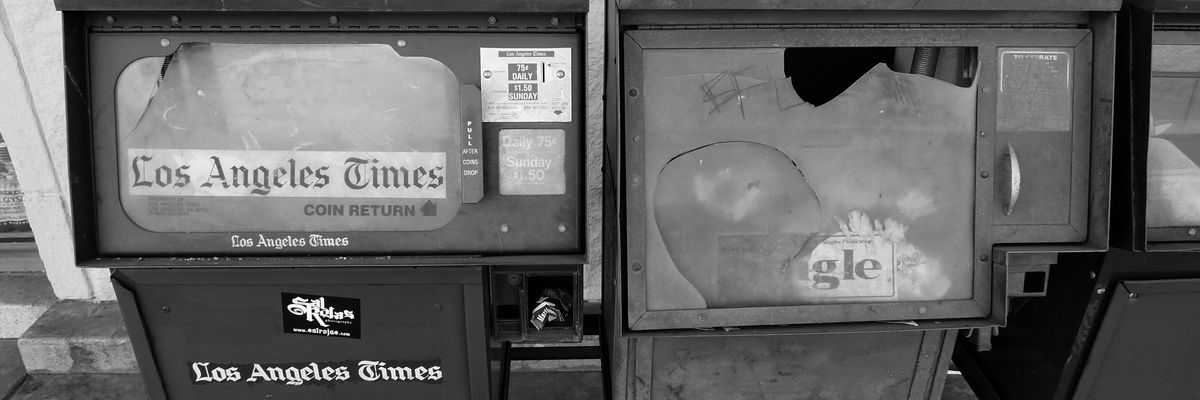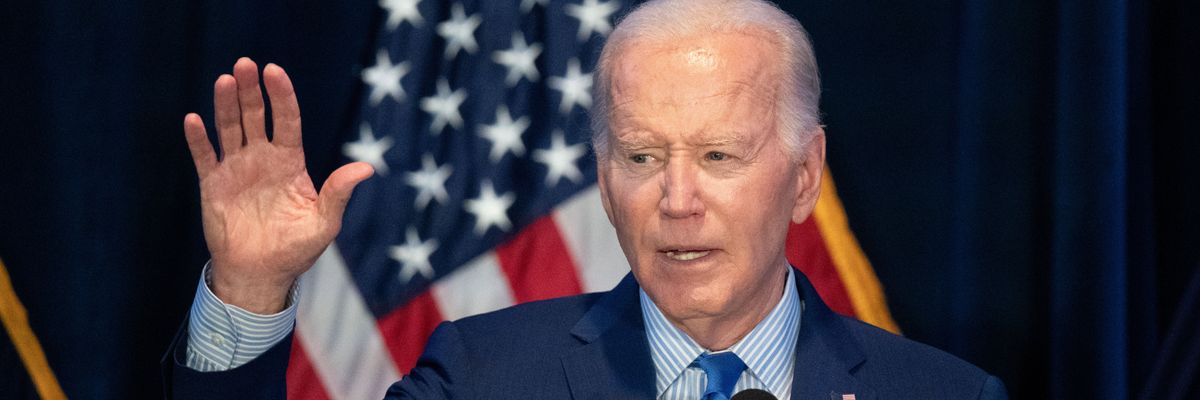
Last summer, the Teamsters were riding a wave of goodwill and favorable publicity. The union’s year-long contract campaign at UPS raised expectations for a potential transformative national strike at the country’s largest private-sector employer. Much of the US Left, especially the Democratic Socialists of America (DSA), encouraged dozens of their members to get jobs at UPS, while over one hundred of their branches pledged support for their Strike Ready campaign. However ill-defined, the DSA and many other socialist activists expected to play an important role in the coming battle as the National UPS-Teamsters national contract expiration date loomed on July 31st.
Expectations collapsed quickly with a last minute deal was cut between Teamsters General President Sean O’Brien and UPS negotiators, that while notable for some important wage gains, struck many people as underwhelming. Many of the younger radicals that got jobs on some of the most socially isolating shifts at Big Brown, were left confused and in some cases very demoralized by their experience, while vote no campaign failed to catch any traction. The Teamsters contract campaign, while notable for its bloviating, looked hollow compared with the UAW “Stand Up Strikes” against the former Big Three automakers that soon followed the deal cut between UPS and the Teamsters.
Sean O’Brien’s courting of the far right, including meetings with Ohio J.D. Vance and Missouri’s Josh Hawley, and a private dinner with former President Donald Trump at his seaside Mar-a-Lago estate, has not been addressed publicly by those in the U.S. Left, who spent the last several years promoting him. Led by the Teamsters for a Democratic (TDU), the longstanding reform group, that bears the bulk of the responsibility for cleaning up O’Brien’s previous image as a thug, and presenting him to the wider world as a militant labor leader, with the broad left media, including Labor Notes, Jacobin, and In These Times.
A few liberal media sites led by the Guardian and the Washington Post have made the effort to publicize O’Brien dalliance with the far right, and seek out opposition among the Teamster membership, led by John Palmer. Palmer, an International Vice-President from Texas, is the sole member of the union’s General Executive Board who publicly broke with O’Brien over meeting Trump privately, and then with O’Brien’s demand that the entire GEB meet with Trump. Palmer and possibly one other GEB member voted against O’Brien’s proposal to donate $42,000 to the RNC shortly after his meeting with Trump.
This emerging crisis in the Teamsters became visible to the whole world on Wednesday, January 31st, when the Guardian revealed that a racial discrimination lawsuit by former Teamsters International Organizers was recently settled by the union. Meanwhile, on the same day the Teamsters leadership met with Trump and allowed to hold a press conference in the Teamsters International headquarters afterward. I can’t say I’m surprised by either development given the long history of racism in O’Brien’s home Local 25 in Boston, especially the notorious Top Chef incident, or month’s long, open courting of the far right.
None of this bodes well for the future of TDU. It was upheld for decades as the model for rank and file reformers to emulate through the U.S. trade union movement. What does it exist for any longer? TDU even tabled at its November convention a motion for a ceasefire in Gaza put forward by members of Teamsters Mobilize (TM), a much smaller network of Teamsters activists. One member of TM was banned from the TDU convention for criticizing it. TM has done more to campaign for $25 an hour start pay for part-timers and Palestine than TDU.
The crisis in the Teamster leadership threatens to overwhelm recent strike victory strikes at DHL and US Foods, as well as a local organizing campaign in Virginia at Costco. Future projects like organizing Amazon have already stagnated. The dalliance with Trump and other far right notables along with the revelation of the racial discrimination lawsuit will not be easily swept under the rug, and maybe the beginning of prolonged political battle in the Teamsters.







